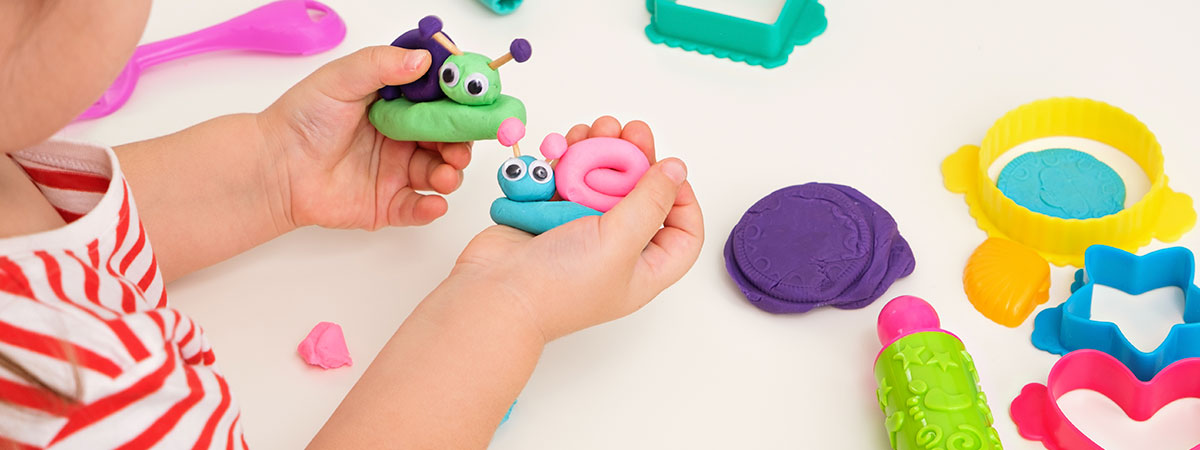- Promotions
How is a personal health prophylactic card filled out?
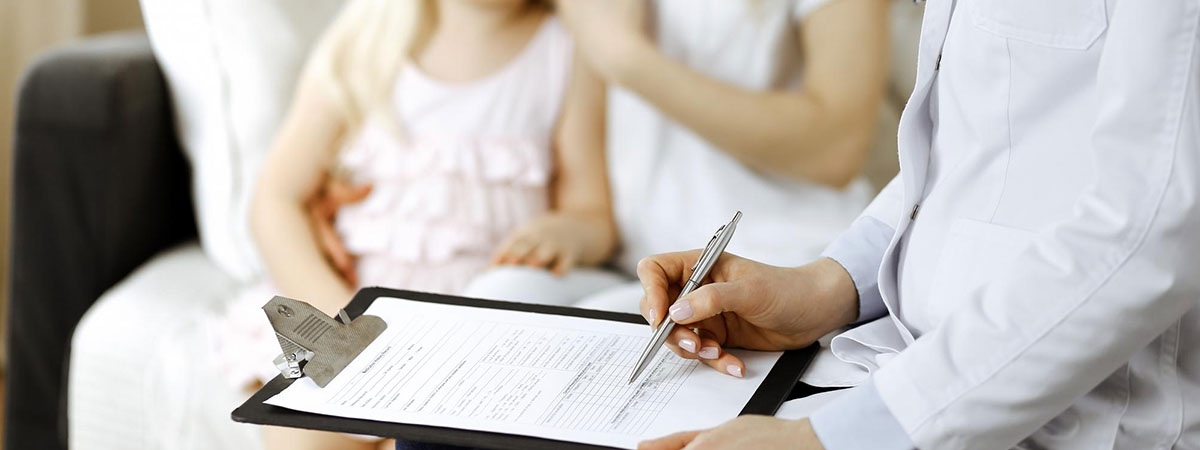
Filling in a personal preventive health card is an important process ensuring health monitoring and prevention for children and students in the educational state, such as schools, kindergartens and nurseries. This document serves to document the medical history, conduct preventive examinations and vaccinations.
Let's go over the steps and information needed to fill out the card correctly, while also highlighting its importance for children's health.
Table of Contents
1. Basic steps in filling out a preventive health card
2. Importance of regular preventive examinations
3. Practical advice for parents
Basic steps in filling out a preventive health card
The preparation and maintenance of a preventive health record requires accuracy and attention to detail to ensure the following that the data is up-to-date and correctly recorded:
- personal data - includes three names, data of birth, address and social security number;
- immunization status - thanks to all vaccinations done to date, with dates and notes on side effects, if any;
- medical history – includes information about previous and current health conditions, allergies and medication intake.
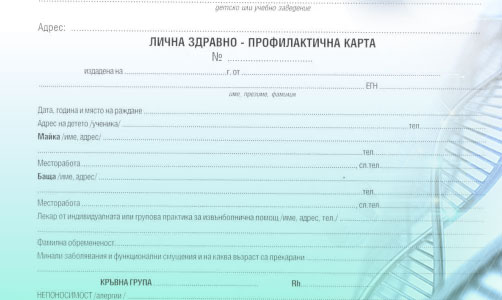
Importance of regular preventive examinations
Regular preventive examinations, reflected in the preventive health card, are essential for the early detection and treatment of health problems. They include:
- annual – assessment of the general physical and psychological condition;
- ophthalmological - check for visual disorders that may affect the learning process;
- dental - prevention of dental problems that are common in children.
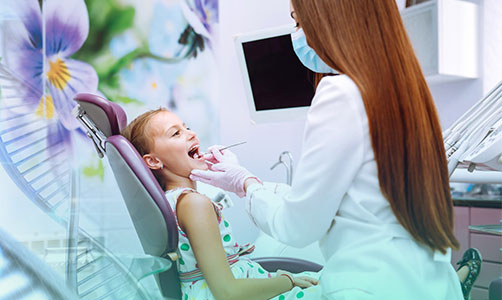
Practical advice for parents
To make sure that the information in your child's preventive health card or school medical record is always up-to-date and accurate, here are some practical tips:
- Keep the documentation up-to-date - regularly update the card after each visit to the doctor or after each examination.
- Keep copies of all medical documents - these are doctors' notes, test results, including electronic ones, and information about procedures performed.
- Notify the school or kindergarten of any newly diagnosed problem or change in health.
- Have a regular dialogue with the pediatrician - this can help to better manage your little one's health and avoid possible health risks.
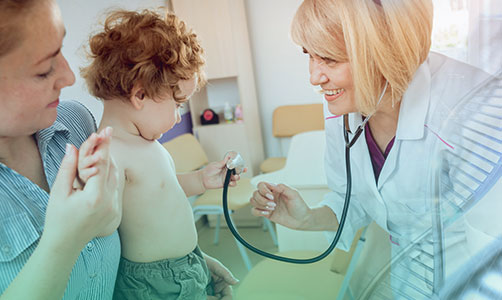
Up-to-date and complete information in the preventive health card is important to ensure the health and well-being of every child. It serves not only as a health history, but also as a key tool for medical professionals to provide the best possible care.





